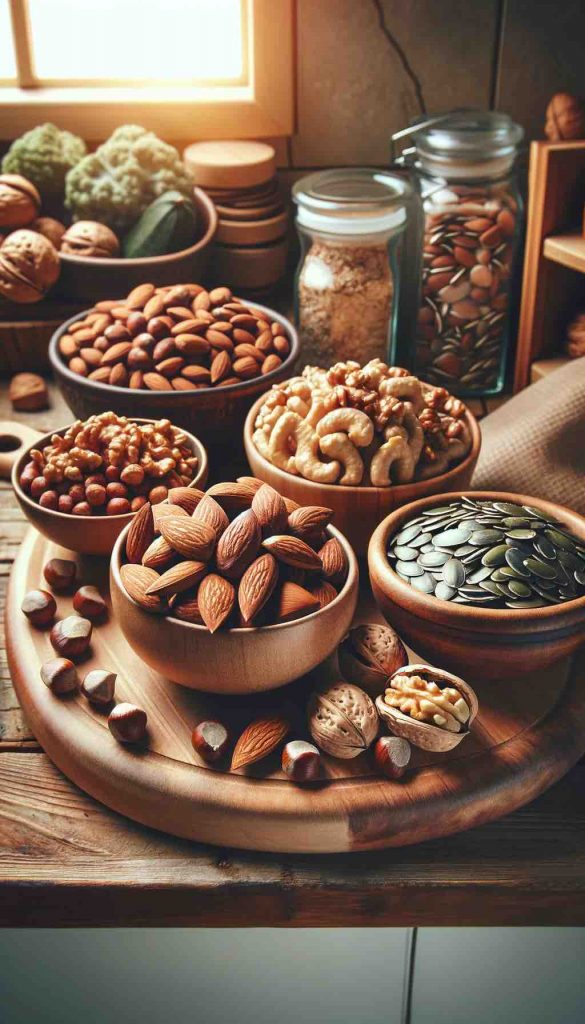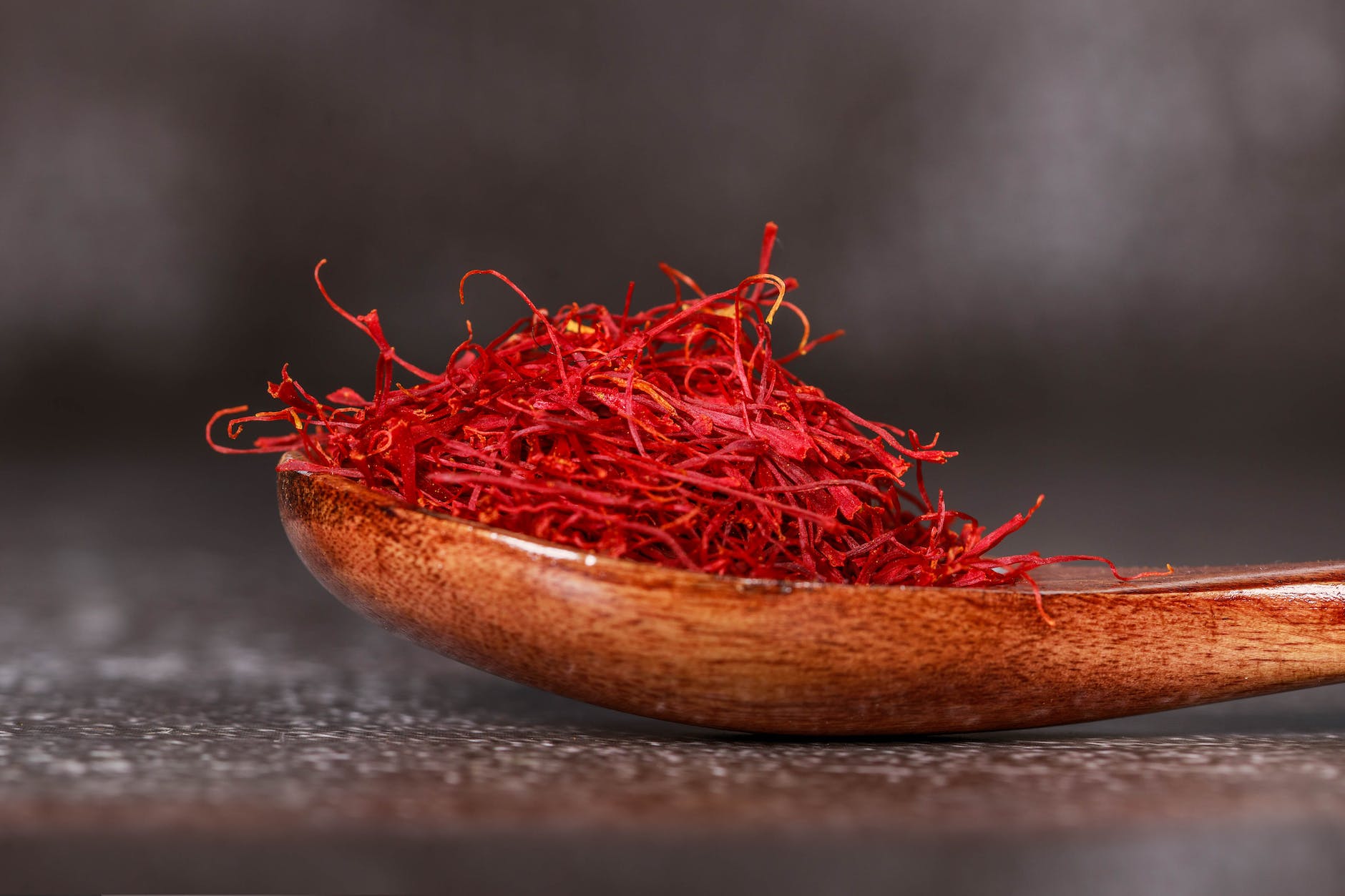
Introduction: Nature’s Panacea for PMS – A Herbal Odyssey
Welcome to our “13 Nature’s Gifts: Herbal Remedies for PMS Relief”. In the tapestry of life, PMS often emerges as a complex pattern, weaving together discomfort, mood swings, and a myriad of other symptoms. But within the folds of nature lies a potent secret – a plethora of herbs, each a tiny miracle worker in its own right.
Picture this: From the ancient wisdom of Ayurveda to the time-honored practices of Traditional Chinese Medicine, and the sacred herbal knowledge of Native American traditions – we are about to embark on an odyssey, exploring 13 incredible herbs. These aren’t just plants; they’re nature’s answer to the prayers of millions of women seeking solace from the monthly turmoil of PMS.
Each herb in our list is a story, a legacy handed down through generations. They come with the promise of relief, of days when PMS is no longer a hurdle but just a mere footnote in your vibrant life.
So, let’s unravel this green tapestry, discovering how each herb – from the hormonal harmony of Chaste Berry to the soothing touch of Ginger – plays its part in the grand scheme of wellness. This isn’t just about managing symptoms; it’s about embracing a holistic approach to health, where every sip of an herbal concoction or a sprinkle of an ancient spice becomes a step towards balance and harmony.
Are you ready to turn the page and dive into a world where nature’s wisdom is your guide? Let’s begin this journey together, with open minds and hopeful hearts, towards a more comfortable, more joyful experience of life, even during those challenging days of the month.
1-3: The Western Trio – Chaste Berry, Maca, and Ginger
Chaste Berry – The Harmonizer
- Why It’s Special: Revered as a hormonal balancer, Chaste Berry (Vitex agnus-castus) is like the conductor of your body’s hormonal orchestra. It gently nudges the hormones towards equilibrium, especially effective in alleviating symptoms like mood fluctuations and breast tenderness.
- How to Use: Available in capsules or as a tincture, the key is consistency. Integrating Chaste Berry into your daily routine could mean the difference between a tumultuous cycle and a manageable one.
Maca – The Energizer
- The Root of Wellness: Maca, a root native to the Andes, isn’t just about energy. It’s about bringing a sense of balance and vitality, particularly during the lethargic days of PMS.
- Culinary Twist: With its earthy taste, Maca powder can be a fantastic addition to your smoothies or oatmeal, offering a natural uplift.
Ginger – The Soother
- Beyond the Spice Rack: Ginger, with its potent anti-inflammatory properties, is a stalwart against menstrual cramps. Its warmth permeates, easing the discomfort that often accompanies periods.
- Ginger Tea Ritual: Embrace the soothing ritual of ginger tea. A fresh slice of ginger in boiling water, perhaps with a hint of honey, can be your go-to remedy for those crampy mornings.
4-6: Ayurvedic Allies – Cumin, Dill, and Fenugreek: Ancient Secrets for Modern Relief
Cumin – The Cooling Conductor
- Ayurvedic Marvel: Cumin isn’t just a staple in your spice rack; it’s a revered Ayurvedic herb, celebrated for its ability to cool down the internal heat that PMS ignites. Think less irritability, fewer hot flashes.
- Cumin in Action: Imagine starting your day with a warm cup of cumin tea, its earthy tones mingling with the morning light, setting a serene tone for your day. Or sprinkle ground cumin in your dishes – a pinch of spice for a world of difference.
Dill – The Gentle Back Easer
- Understated Power: Often overlooked, Dill is a powerhouse when it comes to easing that stubborn lower back pain during your cycle.
- Dill Delight: Let’s turn the mundane into the magical. Add fresh dill to your salads, or infuse it into a warm, comforting soup. Each bite not only adds a burst of flavor but also brings you closer to relief.
Fenugreek – The Swelling and Craving Calmer
- A Seed of Wonder: Fenugreek does more than just spice up your meals. It’s your ally against the swelling and cravings that often accompany your period.
- The Fenugreek Morning Ritual: Picture this – fenugreek seeds soaked overnight, transforming into soft, potent morsels by dawn. Chew them with the first light of day, a simple act that’s akin to telling your body, “I’ve got you covered.”
7-11: Traditional Chinese Medicine’s Wisdom for PMS Relief
Xiao Yao Wan – The Mood Balancer
- Harmonizing Emotions: Xiao Yao Wan, a revered formula in Traditional Chinese Medicine, is the go-to remedy for those rollercoaster PMS emotions. Its ability to soothe liver qi stagnation means less irritability and more tranquility.
- How to Embrace: Available as pills or teas, incorporating Xiao Yao Wan into your pre-menstrual routine could be the key to smoother days.
Tao Hong Si Wu Tang – The Pain Alleviator
- Beyond Cramps: Tao Hong Si Wu Tang isn’t just about easing cramps; it’s about comprehensive pain relief during your cycle – from backaches to leg pains.
- Integration into Daily Rituals: Whether as a tea or a tincture, make this formula a part of your monthly regimen for less pain and more comfort.
Herbal Teas – The Soothing Sips
- Triple Stress Relief and Blood Circulation Teas: These teas are not just beverages; they’re therapeutic sessions. They soothe qi and encourage better blood flow, easing menstrual cramping and bringing a sense of calm.
- Tea Time: Make these teas your afternoon or evening ritual, a moment to unwind and nurture your body.
Nu Ke Ba Zhen Wan – The Energizing Blend
- Qi and Digestion Booster: This formula isn’t just about relieving PMS symptoms; it’s about rejuvenating your energy levels and aiding digestion, making your entire cycle more bearable.
- Incorporating into Lifestyle: Consider this formula as a monthly booster, a way to keep your energy consistent even when your cycle tries to bring it down.
12-13: Native American Herbal Comforts for PMS
Motherwort (Leonurus cardiaca) – The Uterine Tonic
- A Soothing Ally: Known for its calming effects on the uterus, Motherwort is a go-to herb for relieving menstrual cramps and strengthening uterine muscles.
- Usage Tip: Introduce Motherwort in tea form or as a tincture to ease your monthly discomfort.
Black Cohosh (Cimicifuga racemosa) – The Cramp Stopper
- Ancient Remedy for Modern Woes: Black Cohosh has long been used for its anti-inflammatory and sedative properties, offering relief from PMS-induced pain and stress.
- Integrating Black Cohosh: Incorporate it into your PMS care routine, especially for its effectiveness in halting painful cramps and irritability.
Cramp Bark (Viburnum opulus) – The Muscle Relaxer
- Direct Action on Cramps: As its name suggests, Cramp Bark is excellent at easing muscle cramps, including menstrual ones.
- Brewing Relief: A tea made from Cramp Bark can be a soothing ritual before and during your period, easing bloating and cramps.
Red Raspberry (Rubus idaeus) – The Gentle Regulator
- Holistic Balance: Red Raspberry is renowned for its anti-inflammatory properties and its ability to regulate blood flow, alleviating painful menstrual cramps.
- Versatile Use: Enjoy it as a tea or in supplement form to harness its full benefits.
Mugwort (Artemisia vulgaris) – The Menstrual Harmonizer
- Calming and Stimulating: Mugwort not only calms stress but also stimulates and regulates the menstrual cycle.
- Evening Ritual: Sipping Mugwort tea in the evening can be a serene way to enjoy its calming effects.
Conclusion: Embracing Holistic Wellness with Nature’s Remedies
As we conclude our herbal odyssey, it’s clear that Mother Nature offers a rich palette of remedies for the diverse tapestry of PMS symptoms. From the hormone-balancing Chaste Berry to the soothing embrace of Mugwort, each herb carries a legacy of healing and comfort. Integrating these natural wonders into our lives isn’t just about symptom relief; it’s about nurturing a deeper connection with our bodies and the natural world.
Remember, while these herbs offer gentle and effective relief, it’s crucial to listen to your body and consult with healthcare professionals, especially when starting new herbal treatments. Our journey through nature’s pharmacy highlights the power of traditional wisdom blended with modern understanding, opening doors to more balanced, comfortable menstrual cycles.
FAQs for “13 Nature’s Gifts: Herbal Remedies for PMS Relief”
- Can Chaste Berry actually regulate hormones for PMS relief? Chaste Berry is known for its hormone-balancing properties, particularly effective in alleviating mood fluctuations and breast tenderness associated with PMS.
- How does Maca help with PMS symptoms? Maca is an Andean root that boosts energy and balances hormones, making it particularly helpful during the lethargic days of PMS.
- Is Ginger only good for menstrual cramps? While Ginger is renowned for its anti-inflammatory properties that ease menstrual cramps, it also helps in reducing overall inflammation and improving digestion.
- What makes Cumin beneficial for PMS? Cumin, used extensively in Ayurvedic medicine, has cooling properties that help in reducing PMS symptoms like irritability and restlessness.
- Can Dill help with back pain during PMS? Dill is effective in easing lower back pain during the menstrual cycle, thanks to its anti-inflammatory properties.
- How does Fenugreek aid in PMS management? Fenugreek is known for reducing menstrual swelling and cravings, thanks to its anti-inflammatory properties and hormone-regulating capabilities.
- What are the benefits of Xiao Yao Wan for PMS? Xiao Yao Wan, a Traditional Chinese Medicine formula, is effective in managing mood swings, depression, cramping, headaches, and breast tenderness during PMS.
- Can Tao Hong Si Wu Tang relieve PMS-related pain? Tao Hong Si Wu Tang is a Chinese herbal formula that provides comprehensive pain relief during menstruation, including cramps, back pain, and leg pain.
- How does Red Raspberry help during menstruation? Red Raspberry is known for its anti-inflammatory properties and its ability to regulate blood flow, thus alleviating painful menstrual cramps.
- Is Mugwort effective for menstrual cycle regulation? Mugwort acts as a nerve tonic and helps in regulating the menstrual cycle, providing calming effects during PMS.
Blog Tags:
PMS relief, herbal remedies, menstrual health, natural healing, women’s wellness, Ayurvedic herbs, Chinese medicine, Native American remedies, hormonal balance, menstrual cramps













